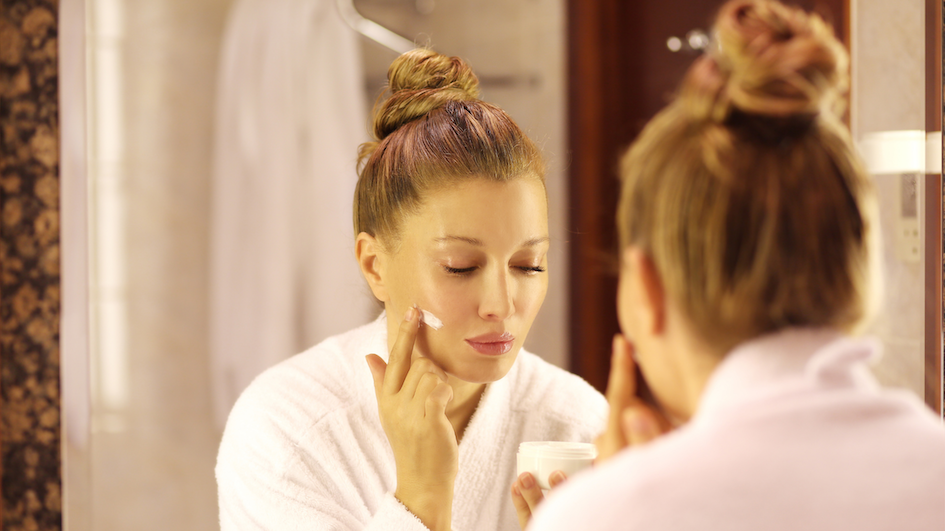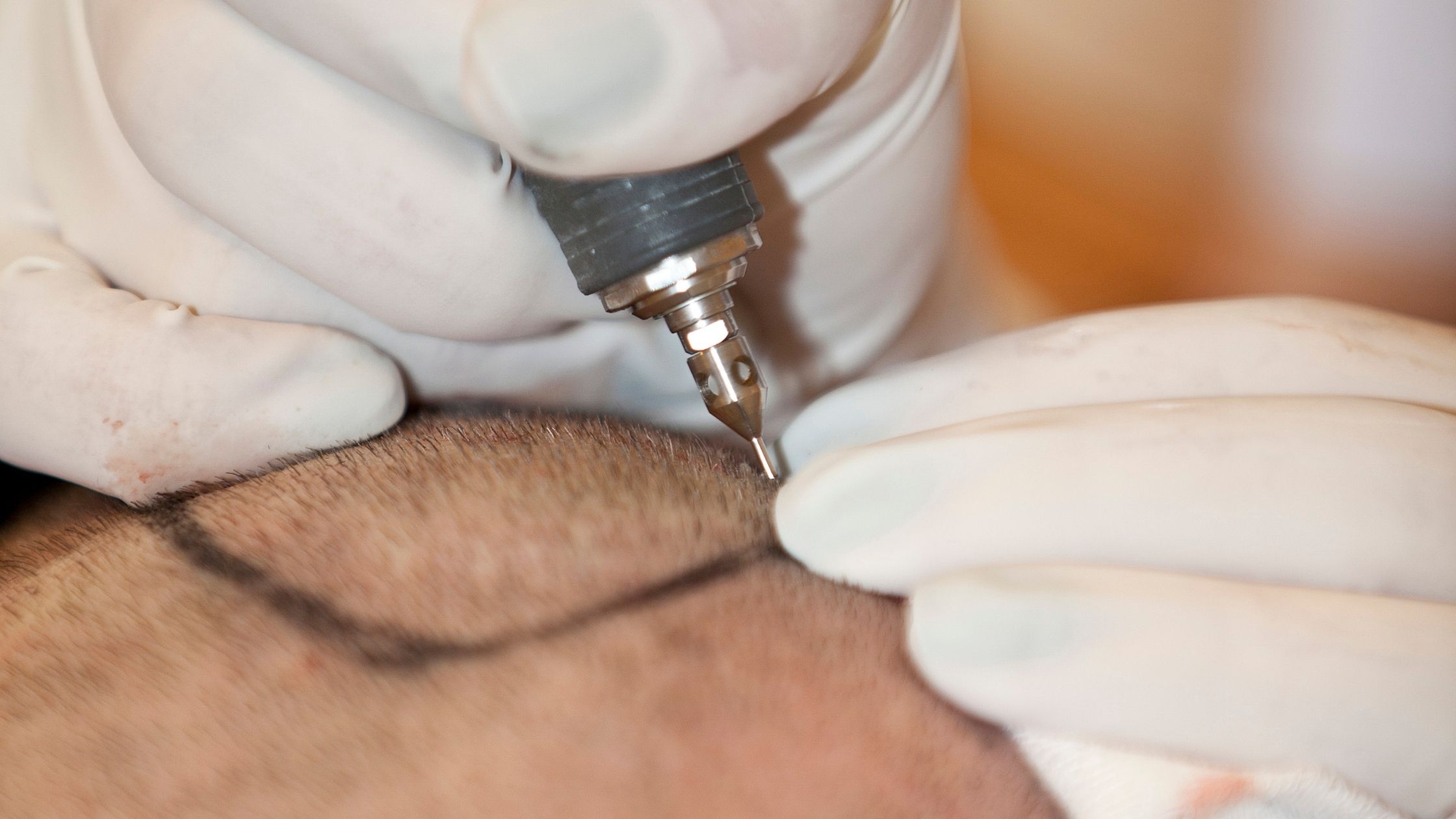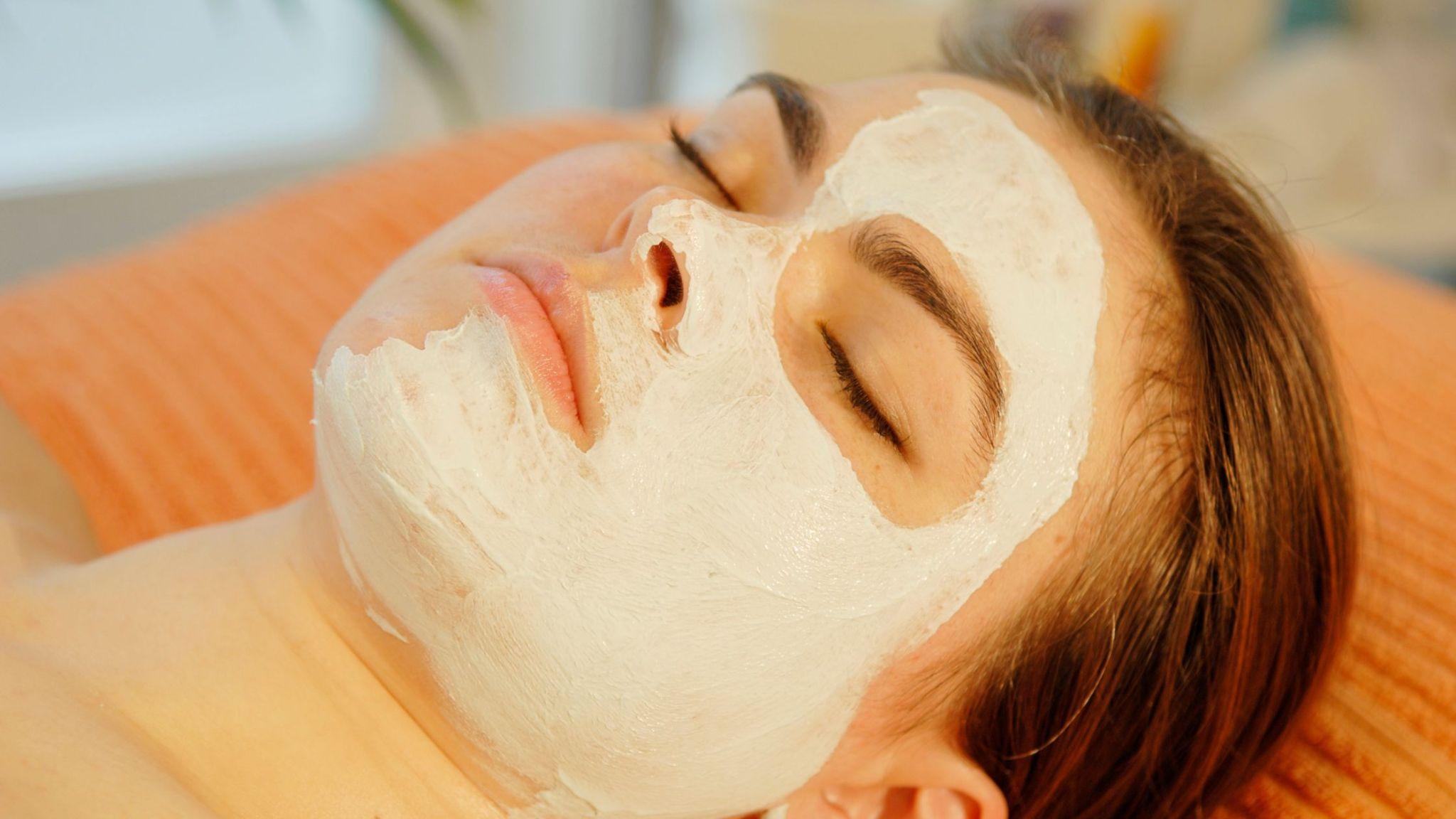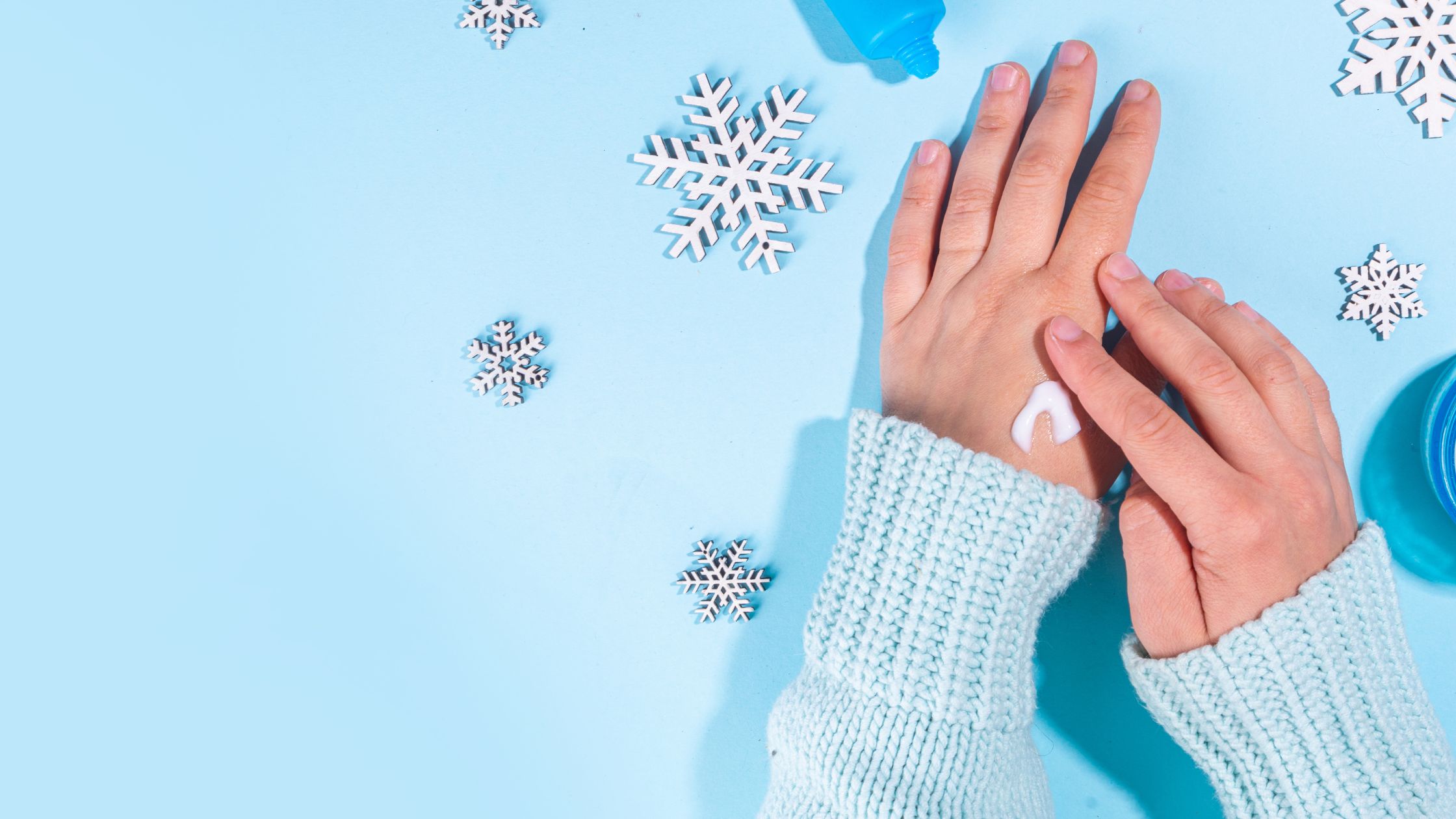The best way to determine whether a man is 35 years or older is by looking at his hair.
Yes, there was a time when only people in their late 30s and early 40s were affected by hair loss. But that’s not the case anymore. Today, even those in their early 20s are falling victim to rampant hair loss. Hair loss has become a worldwide phenomenon and affects people irrespective of their skin color, geography, or age.
Why is there rampant hair loss today among people?
There are multiple reasons. Poor water quality is the #1 reason on our list. When you combine that with rising pollution, disaster is imminent for your hair. Genetics is another culprit. If your parents or grandparents had early hair loss, you have a higher probability of experiencing the same. Another major reason is due to changes in diet and lifestyle. The irregular work-life balance of today’s population due to a fast-paced life leads to stress, which in turn can cause hair fall.
There is still hope…
One good thing is we are seeing growth and innovation across all industries. This includes dermatology and cosmetic treatments. Over the past decade, numerous cosmetic procedures have been approved by medical bodies to treat various skin and hair conditions.
One such procedure for treating hair loss is PRP. It is safe, efficient, and produces great results in a short span. In this post, we will understand what PRP treatment is and the steps to take before and after the treatment.
What is PRP Treatment for Hair Loss?
PRP or Platelet Rich Plasma is commonly used to treat various health conditions like chronic leg ulcers, acne scars, pulled hamstring, knee sprain, Achilles tendonitis, etc. It accelerates the body’s healing capabilities. In fact, it is a common treatment administered to sportspersons to boost their recovery time from injuries. Interestingly, it has found a place in dermatology and is used to treat numerous conditions related to skin and hair. PRP has found great success in restoring hair growth among patients.
Dermatologists use PRP to treat people suffering from androgenetic alopecia, which is a common condition that causes the hair follicles to shrink. In males, this is more commonly known as the Male Pattern Baldness.
How does PRP work for hair loss?
Platelets are present in our blood along with white and red blood cells. Whenever we get a cut or wound in the body, platelets turn out to be the body’s first responders. They arrive at the impacted area and arrest the bleeding and promote healing. Researchers found that if they could extract the concentrated platelets from our blood and inject them into any damaged part of our body, it could promote and accelerate healing.
Medical professionals collect PRP by extracting blood from our bodies and placing the sample in a centrifuge machine. This machine runs at rapid speeds and separates different components in the blood, platelets being one of them.

A very common type of hair loss is the one due to the damage to hair follicles. PRP is ideal for treating such types of hair losses by boosting the tissue repair process.
Now that you know what PRP is and how it works let’s understand what you need to do before and after a PRP treatment.
Pre-treatment care instructions
For any medical procedure we undergo, it is important that we follow all the pre-treatment care instructions diligently to make sure that our body is ready for the treatment. It can also help reduce the side effects and improve the recovery time.

So before undergoing the PRP treatment, ask about the various pre-treatment instructions that you need to follow with your dermatologist. Here are the most important and common ones –
A week before the procedure
- If you are taking any blood-thinning medications, inform your dermatologist about it. You must discontinue the blood-thinning medication a week (preferably 2 weeks) before the treatment.
- Some of the blood-thinning agents you must avoid are vitamin E, ginkgo, cod liver oil, multivitamins, vitamin A, and essential fatty acids. If you are taking vitamin D and iron supplements, it is fine to continue those.
- One way the PRP treatment works is by promoting inflammation. So, you should avoid taking anti-inflammatory medications like Aspirin, Motrin, Naproxen, Advil, Ibuprofen, Voltaren, and other similar medications.
- If you have prescription medications (including the ones for blood pressure and heart), then you should regularly take them without missing a day, including the day before the treatment, the day of the treatment, and the day after the treatment.
- Try to stay away from heat or sun exposure for a few days before the treatment.
- Few blood thinners have a negative impact on the treatment; these include Plavix, Heparin, and Coumadin. If you are taking any of these medications, do inform the dermatologist beforehand.
- Before the treatment, if required, take Tylenol (Acetaminophen) as needed.
- If you are taking medication for broad beta-blockers like Inderal (Propranolol), it is important that you inform your dermatologist about the same as it needs to be changed to a different beta-blocker before the treatment.
- Refrain from smoking at least 3 days (preferably one week) before the procedure, as smoking would impact the healing process by minimizing the oxygen flow to your scalp.
- If you want to color your hair, it’s okay to do so up to 7 days before the PRP procedure.
- Try to avoid or at least minimize the consumption of alcohol.
- If you are undergoing any other hair loss treatment like Minoxidil, Laser Treatment, or taking any hormone-blocking tablets, you can continue to do so before the procedure.
- A day before the treatment, increase your fluid intake. Drink two glasses of water in the morning, two during lunch, and 2 in the evening in addition to your regular water intake.
Day of the Procedure
- Wash your hair thoroughly in the shower using regular shampoo on the morning of the treatment.
- Stay healthy by having a regular breakfast and lunch on the day of the PRP procedure.
- Avoid applying any hair products like gel and sprays to your hair.
- Reach the clinic well before your appointment.
Post-treatment care instructions
It is important that you also strictly follow the below post-treatment instructions to avoid or reduce the side effects of the PRP treatment. This would also help you have a smooth and flawless recovery –
- Do not touch, rub, or apply pressure on the treated area. Follow this rule for at least 8 hours after the procedure.
- Within a few hours after the procedure, it is very normal for you to witness some mild side effects like redness, swelling, bruising, itching, and soreness. These side effects can last anywhere between 2 to 5 days after the treatment. If you feel any pain, the doctor will recommend you take medication containing acetaminophen products like Tylenol.
- It is common to feel a tingling sensation on the treated area since the cells are slowly getting activated.
- Avoid applying ice to the treated area because ice acts as an anti-inflammatory agent. But if you have swelling, you can use a cold compress to reduce it.
- At the site where the blood is drawn, it is common to find bruising.
- In some rare cases, side effects like infection or reaction to the treatment can occur. But do not panic as all these are easily treatable using antibiotics. Make sure to contact your dermatologist and bring it to their notice immediately.
- Even after the treatment, you should continue avoiding anti-inflammatory medications like Aspirin, Motrin, Naproxen, Advil, Ibuprofen, Voltaren, and other similar medications until three days after the procedure (preferable one week after the procedure).
- Stay away from wetting your hair for at least three hours after the treatment.
- Avoid applying any hair products for at least 6 hours after the treatment.
- Avoid swimming pools, saunas, and steam rooms for 3 days after the procedure.
- Do not perform vigorous exercise and try to stay away from heat and sun exposure for 2 days after the treatment.
- Use a shampoo that is pH balanced for a minimum of 3 days after the treatment.
- Do not resume hair coloring, hair straightening, and Minoxidil for 3 days.
- For the next one week, stay away from blood-thinning agents like Vitamin E, Ginkgo, Cod Liver Oil, multivitamins, Vitamin A, and Essential fatty acids.
- Do not drink alcohol or caffeine, and avoid smoking for at least 3 days after the treatment. Smoking will not help in the healing process.
- Drink plenty of fluids for 1 week after the treatment.
- Make sure to contact your doctor immediately if you are experiencing severe pain that is not responding to the medication or sense an unnatural increase in warmth around the treated area. If you have a fever of 101.5 or higher or if you see something that looks like pus, contact your dermatologist immediately.
Conclusion
If you are suffering from hair loss, remember that you are not alone. Thankfully, there are numerous treatments that can help reverse hair loss. PRP is one such promising treatment that has shown to produce great results for those suffering from hair loss.
However, to ensure that sure you have a safe treatment, it is important that you select an experienced and licensed dermatologist because –
- They will ensure that you have a side-effects-free treatment.
- Even if there are side effects, they will be equipped to treat those side effects.
Dr. Renu Nair, with 10 years of experience, has treated thousands of patients and reversed their hair loss condition through PRP treatments. To book an appointment with her, click here.












